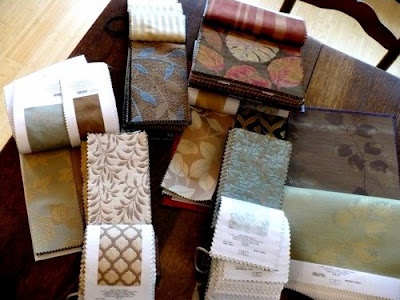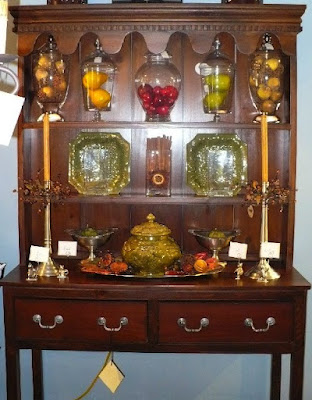You've already seen some behind the scenes pictures of the construction of a window treatment (and I do promise the final picture very soon), but you haven't seen the paper work involved. I know, paperwork is almost a bad word to a lot of people (me), but it is necessary in all businesses. I won't show the actual estimate from Quickbooks, but the paperwork that is done before we plug in the $$.

Drawing my come easy to some, but to draw to scale is time consuming. We have a wonderful computer program that really makes the job fun. We are also able to show a nice rendering to the customer so they get a preview of what is to come. I did talk a little about computer renderings in January of this year.

The renderings are important to the homeowner, the installer, the fabricator and to us at Madison Lane. Everything is on paper, and hopefully there are no big surprises. Of course fabric drapes the way it wants to drape, and colors can seem different by looking at them vertically instead of horizontally as they may have been viewed in the books. The renderings also accompany us on the installations so the installer can see the rod placement and measurements for the treatments. Of course, all measurements are rechecked on site, but just seeing it beforehand saves time.
 The above drawing may not look like a coverlet, but the placement of the two fabrics warranted a drawing. This was faxed to our bedding fabricator and she confirmed by phone and discussed the little details that cannot be seen in the drawing. This will be her pattern when the fabric arrives.
The above drawing may not look like a coverlet, but the placement of the two fabrics warranted a drawing. This was faxed to our bedding fabricator and she confirmed by phone and discussed the little details that cannot be seen in the drawing. This will be her pattern when the fabric arrives.Visit the Minutes Matter website, you'll enjoy just looking around the website. They even have a 30 day free trial available if you want to try it out for yourself!























